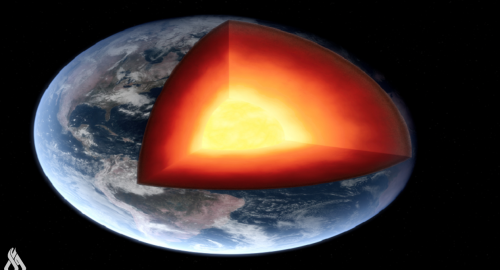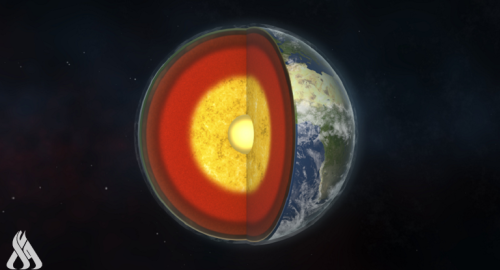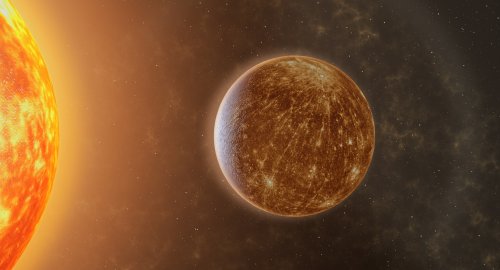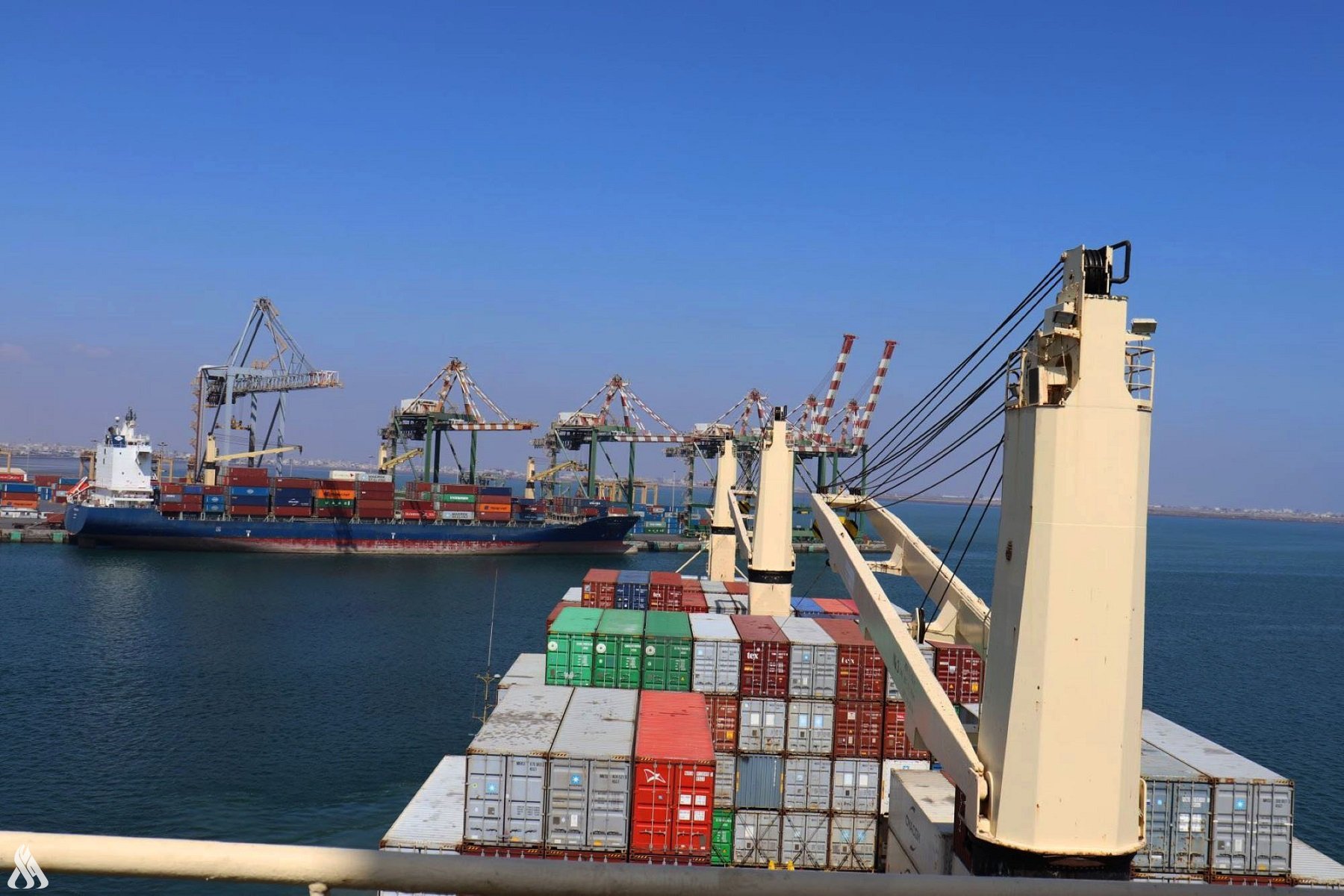
Mysterious doughnut-like structure found deep within Earth’s core

- 3-09-2024, 08:40
INA-sources
Scientists from The Australian National University (ANU) have recently reported about the discovery of a doughnut-shaped region thousands of kilometers within Earth’s liquid core.
The Earth’s liquid core has a special structure that only appears near the equator. Until now, it has remained undetected.
Earth comprises two cores: the inner core and the outer core. The inner core is a solid layer, whereas the outer core is a liquid layer. This newly discovered region is found at the top of Earth’s outer core, where the liquid core meets the mantle. It sits parallel to the equatorial plane and is confined to low latitudes.
Scientists are captivated by its doughnut shape. Although the thickness of the doughnut remains unknown, scientists inferred that it reaches a few hundred kilometers beneath the core-mantle boundary.
The seismic waves in this region are slower than in the rest of the liquid outer core.
“The peculiar structure remained hidden until now as previous studies collected data with less volumetric coverage of the outer core by observing waves that were typically confined within one hour after the origin times of large earthquakes.”
As scientists studied the reverberating waves for many hours after large earthquakes, they could infer much better volumetric coverage.
Study co-author Dr. Xiaolong Ma said the discovery uncovers some mysteries of the dynamics of Earth’s magnetic field. “There are still mysteries about the Earth’s outer core that are yet to be solved, which requires multidisciplinary efforts from seismology, mineral physics, geomagnetism, and geodynamics.”
The Earth’s outer core is made of liquid iron and nickel. The movement of these electrically conductive liquids creates the Earth’s magnetic field.
According to scientists, more information on the Earth’s outer core’s composition could offer a better understanding of the magnetic field and help predict when it could potentially cease or weaken.
“Our findings are interesting because this low velocity within the liquid core implies that we have a high concentration of light chemical elements in these regions that would cause the seismic waves to slow down. These light elements, alongside temperature differences, help stir liquid in the outer core,” Professor Tkalčić said.
Source: Tech Explorist
Al-Maliki: Iraq Managed the Electoral Process Smoothly
- politics
- 05:18
Al-Sistani: Tomorrow, the 29th of Ramadan
- Local
- 25/03/29
Al-Amiri warns of any war between Iran and the US
- politics
- 25/04/01












